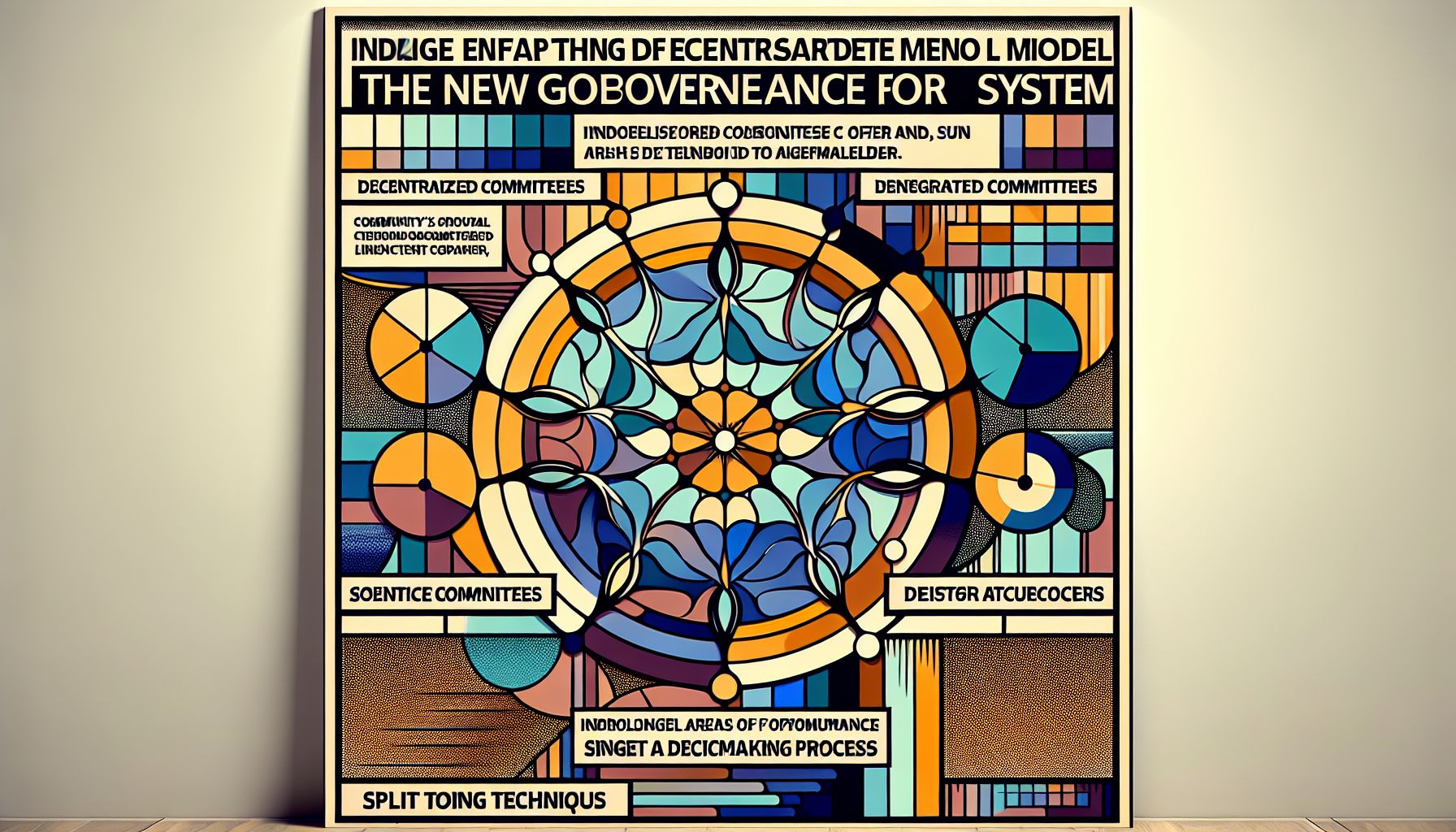Ripple Unveils New Governance Structure for XRPL Ecosystem

Amsterdam, Sunday, 10 November 2024.
Ripple announces a decentralized governance model for its XRP Ledger, introducing specialized committees and a community-driven approach. This shift aims to enhance participation and transparency in decision-making, marking a significant evolution in the XRPL ecosystem’s management.
Decentralizing Decision-Making
The recent announcement by Ripple to introduce a decentralized governance structure for the XRP Ledger (XRPL) ecosystem marks a pivotal moment in its evolution. This initiative, spearheaded by XRPL Commons, a non-profit organization operating independently from Ripple, seeks to democratize the decision-making process within the XRPL network. By forming a Decentralized Autonomous Organization (DAO), the initiative aims to increase community involvement and transparency, addressing a long-standing challenge in cryptocurrency governance where decisions are often made by a small group of developers or stakeholders[1][2].
The Role of XRPL Commons
Under the leadership of David Bchiri, CEO of XRPL Commons, the organization has outlined a governance model that includes the formation of specialized committees. These committees are tasked with overseeing various aspects of the XRPL ecosystem, from core development to regulatory compliance. This structure not only diversifies the decision-making process but also ensures that community contributions are recognized and integrated. Bchiri emphasizes that this model will foster a more inclusive environment, allowing the XRPL to grow sustainably while maintaining a transparent governance framework[1].
Collaborative Efforts and Future Directions
The journey towards decentralization began on 6 September with XRPL Labs and their partners, including Ripple and the Australian non-profit Wave of Innovation, announcing their shared vision for the XRPL’s future. This collaboration led to the establishment of an independent board of directors, with members from XRPL Labs, XRPL Commons, Ripple, and community representatives. Detailed plans were shared on 19 September via the XRPL Foundation’s GitHub blog, underscoring the commitment to a community-governed ecosystem[1].
Implications for Cryptocurrency Governance
The introduction of a DAO in the XRPL ecosystem aligns with broader trends in cryptocurrency governance, where decentralization and community participation are increasingly prioritized. This model contrasts with traditional corporate governance, which often involves centralized decision-making[2]. By empowering community members through governance rights, the XRPL aims to avoid pitfalls seen in other cryptocurrencies, where lack of community involvement can lead to contentious forks and market instability[3].

